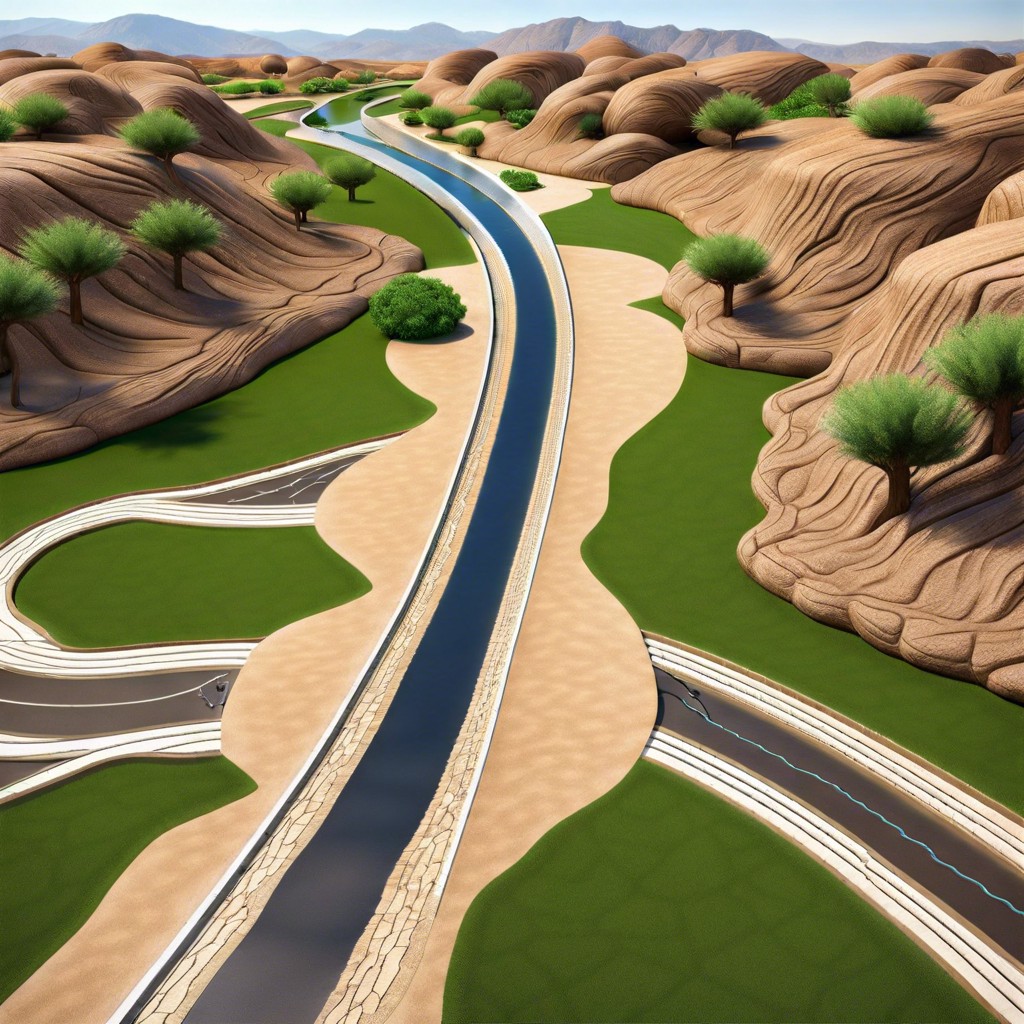Create a xeriscape that complements the architecture of your home by selecting plants and materials that match the style and color scheme of the house, using native plants to reduce water usage, and incorporating hardscaping elements such as pavers or gravel for visual interest.
Creating a xeriscape that complements the architecture of your home is an excellent way to reduce water usage, conserve energy, and create a beautiful outdoor living space. A xeriscape is a type of landscaping that uses native plants and other water-wise techniques to create an attractive landscape with minimal irrigation.
With careful planning, you can create a xeriscape that not only looks great but also complements the architectural style of your home. In this blog post, we’ll discuss how to design and implement a xeriscape that works in harmony with your home’s existing architecture.
Researching Local Climate and Soil Conditions
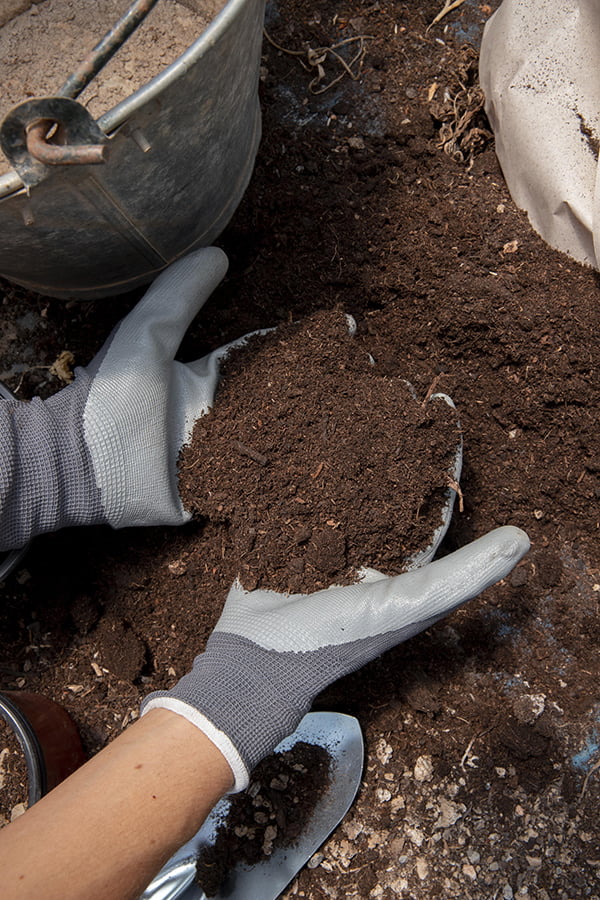
Knowing the climate and soil conditions of your area will help you determine which plants are best suited for your landscape design. It will also help you decide how much water, sunlight, and fertilizer each plant needs to thrive.
Understanding the local climate and soil conditions can help you plan for any potential weather-related issues such as drought or flooding. By researching these factors before beginning your xeriscape project, you can ensure that it is both aesthetically pleasing and sustainable in the long run.
Choosing Drought-tolerant Plants
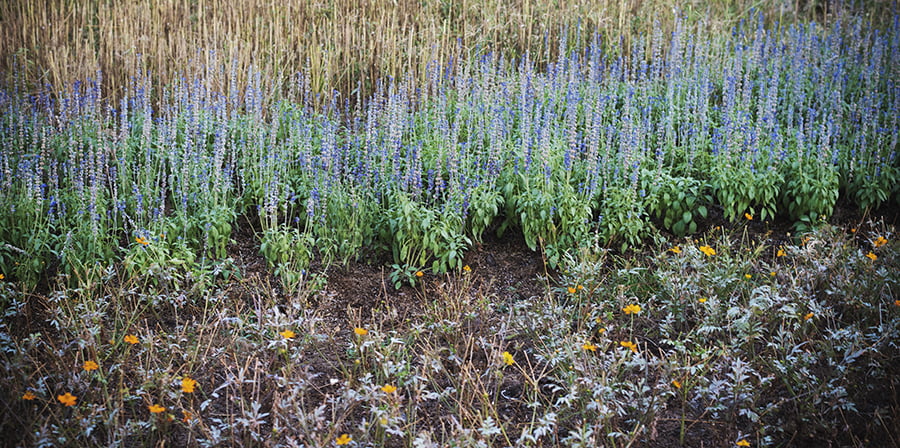
Drought-tolerant plants are those that can survive in dry conditions with minimal water, making them ideal for areas with limited access to water or where rainfall is scarce. When selecting drought-tolerant plants for your xeriscape, it’s important to consider the climate and soil type of your area as well as the amount of sunlight available.
You should research which types of plants are native to your region and have adapted to its climate over time. Native species tend to be more resilient than non-native varieties and require less maintenance overall.
When choosing drought-tolerant plants for your xeriscape, look for ones that will provide visual interest throughout the year by blooming at different times or having interesting foliage colors or textures.
Planning for Efficient Irrigation Systems

One important part of this planning is to ensure an efficient irrigation system. An efficient irrigation system will help you conserve water and save money on your water bill.
It involves designing a watering plan that takes into account the type of plants, soil, climate, and other factors in order to determine how much water each plant needs and when it should be watered. Installing drip or soaker hoses can help reduce evaporation and runoff while still providing adequate moisture for your plants.
Using rain barrels or other methods to capture rainwater can also help reduce your reliance on municipal water sources. By taking these steps, you can create an effective irrigation system that helps keep your xeriscape looking beautiful while conserving resources at the same time.
Incorporating Hardscaping Elements Such As Rocks or Gravel
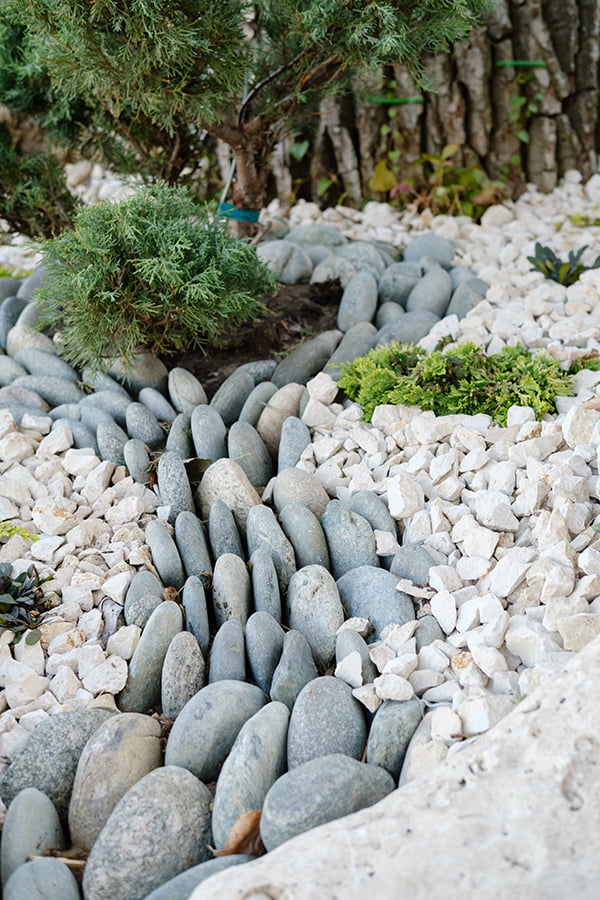
Hardscaping refers to the use of non-living materials, such as rocks and gravel, in landscaping. These materials can be used to create pathways, walls, and other features that add texture and interest to your yard while also helping conserve water.
Rocks and gravel can be used in combination with drought-tolerant plants to create a low-maintenance xeriscape that will look great for years to come.
Utilizing Native Plants That Are Adapted to the Environment
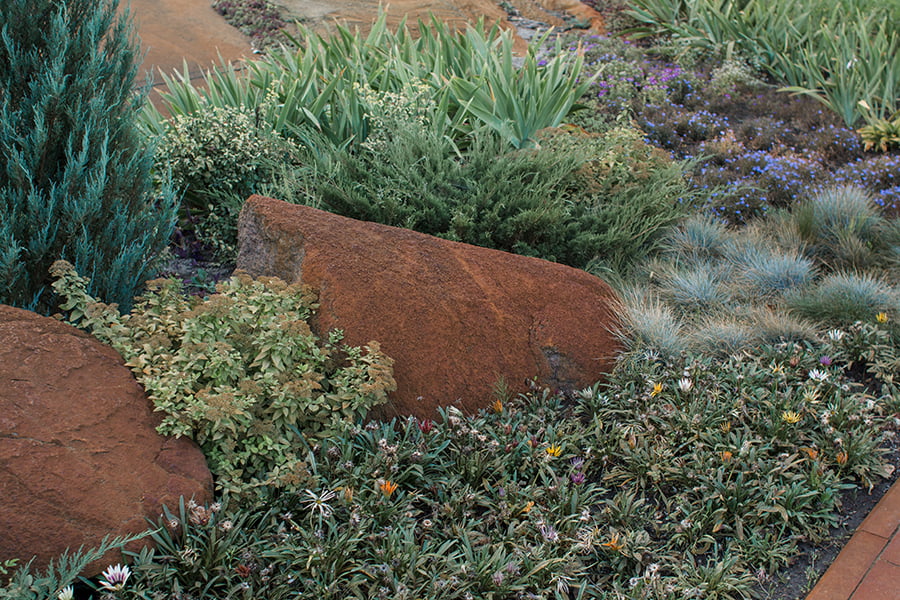
Native plants are those which have evolved in a particular region over time and are well-suited to local conditions such as climate, soil type, and rainfall. These plants require less water than non-native species, making them ideal for creating a low-maintenance landscape.
They provide habitat for wildlife and help maintain biodiversity in an area. By selecting native species that will thrive in your specific location, you can create a beautiful xeriscape that is both aesthetically pleasing and ecologically beneficial.
Selecting Colors and Textures That Complement the Home’s Architecture

When selecting plants, shrubs, and other elements for your xeriscape design, it is important to choose colors and textures that will harmonize with the existing architecture of your home. This means considering the color palette used in the exterior walls, roofing materials, window frames, doors, and other features of your home’s exterior.
You should consider how different shades or hues may look when combined with each other in order to create a cohesive look. For example, if you have a brick house with white trim around windows and doors then you might want to select plants with foliage in shades of green that will contrast nicely against the red brick but still blend well with the white trim.
Similarly if you have an earth-toned stucco house then choosing plants in muted tones such as gray-green or blue-gray would be more appropriate than bright greens or yellows which could clash visually.
Creating a Design Plan With Focal Points and Pathways

A design plan should include focal points, such as trees or shrubs, and pathways to create visual interest and movement throughout the landscape. Focal points can be used to draw attention to specific areas of the yard, while pathways provide access to different parts of the yard.
Incorporating elements like rocks or mulch can help define spaces within the landscape and add texture. By carefully planning out these elements ahead of time, you can ensure that your xeriscape will be both aesthetically pleasing and functional.

